The Engine Cylinder Head Temperature Sensor is a critical component in monitoring the temperature of the engine’s cylinder head, which is essential for optimal engine performance and longevity. Here’s a detailed overview of its features, functions, and benefits:
Key Features:
- Temperature Measurement:
- Designed to accurately measure the temperature of the cylinder head, providing vital information to the engine control unit (ECU).
- Durable Construction:
- Made from high-temperature-resistant materials to withstand the extreme conditions within the engine compartment.
- Electrical Output:
- Typically produces an electrical signal (analog or digital) that corresponds to the temperature reading, which is sent to the ECU for processing.
- Location:
- Usually mounted directly on or near the cylinder head for precise temperature readings.
Functions:
- Temperature Monitoring:
- Continuously monitors the temperature of the cylinder head to prevent overheating and ensure optimal operating conditions.
- Engine Management:
- Provides real-time temperature data to the ECU, which can adjust fuel injection, ignition timing, and other parameters to optimize performance and efficiency.
- Protection Mechanism:
- Alerts the ECU to potential overheating conditions, allowing for preventive actions (like adjusting fuel flow) to protect the engine from damage.
Benefits:
- Improved Engine Performance: By ensuring the engine operates within the optimal temperature range, the sensor helps maintain performance and efficiency.
- Prevention of Engine Damage: Early detection of overheating can prevent severe engine damage and costly repairs.
- Enhanced Fuel Economy: Optimal temperature control contributes to more efficient fuel combustion, improving overall fuel economy.
Symptoms of Failure:
- Overheating: A malfunctioning sensor may fail to detect high temperatures, leading to engine overheating.
- Check Engine Light: A faulty sensor can trigger warning lights on the dashboard, indicating potential issues.
- Erratic Engine Behavior: Poor performance, rough idling, or decreased fuel efficiency may occur if the sensor is not functioning correctly.
Replacement:
- Accessibility: Depending on the vehicle design, replacing the cylinder head temperature sensor may require access to the engine compartment but is generally straightforward.
- Diagnostic Testing: It’s advisable to perform diagnostic tests to confirm sensor failure before replacement.
Applications:
- Passenger Vehicles: Commonly used in cars, trucks, and SUVs, particularly those with advanced engine management systems.
- Heavy-Duty Engines: Also found in commercial vehicles and diesel engines, where monitoring temperature is critical for performance and durability.
The Engine Cylinder Head Temperature Sensor plays a vital role in maintaining engine health, ensuring optimal performance, and preventing overheating. Regular maintenance and prompt attention to any warning signs can help prolong the life of the engine.

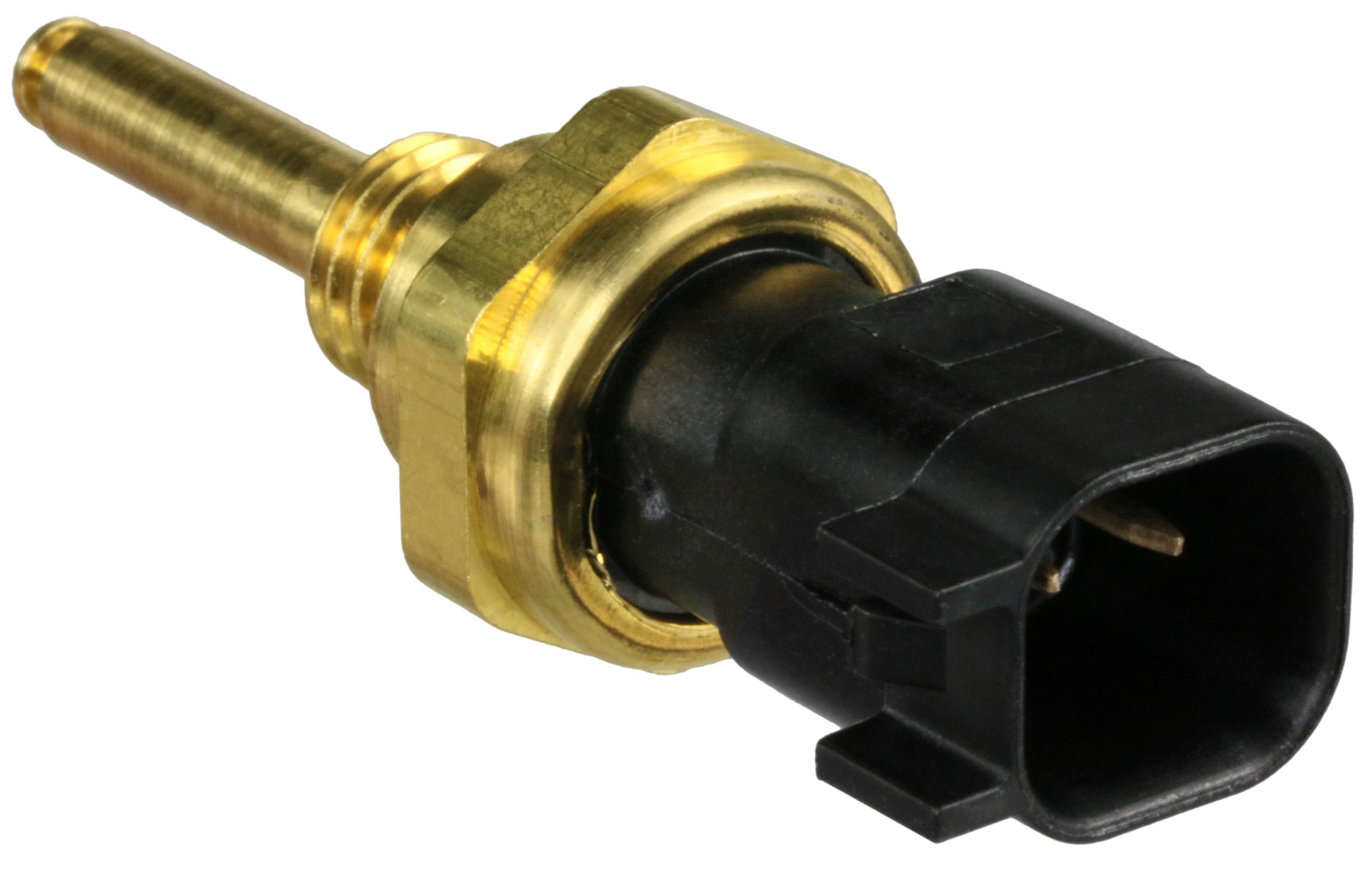
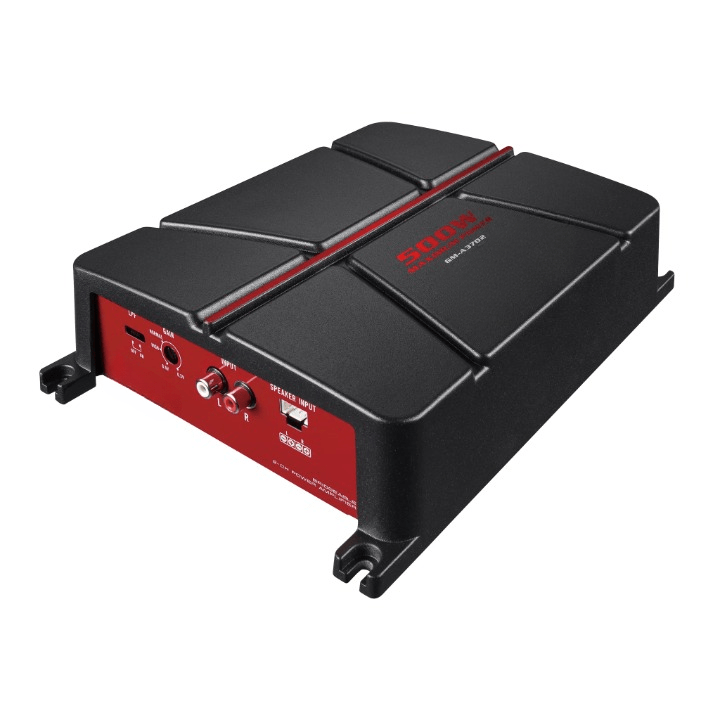
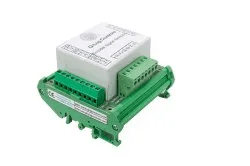
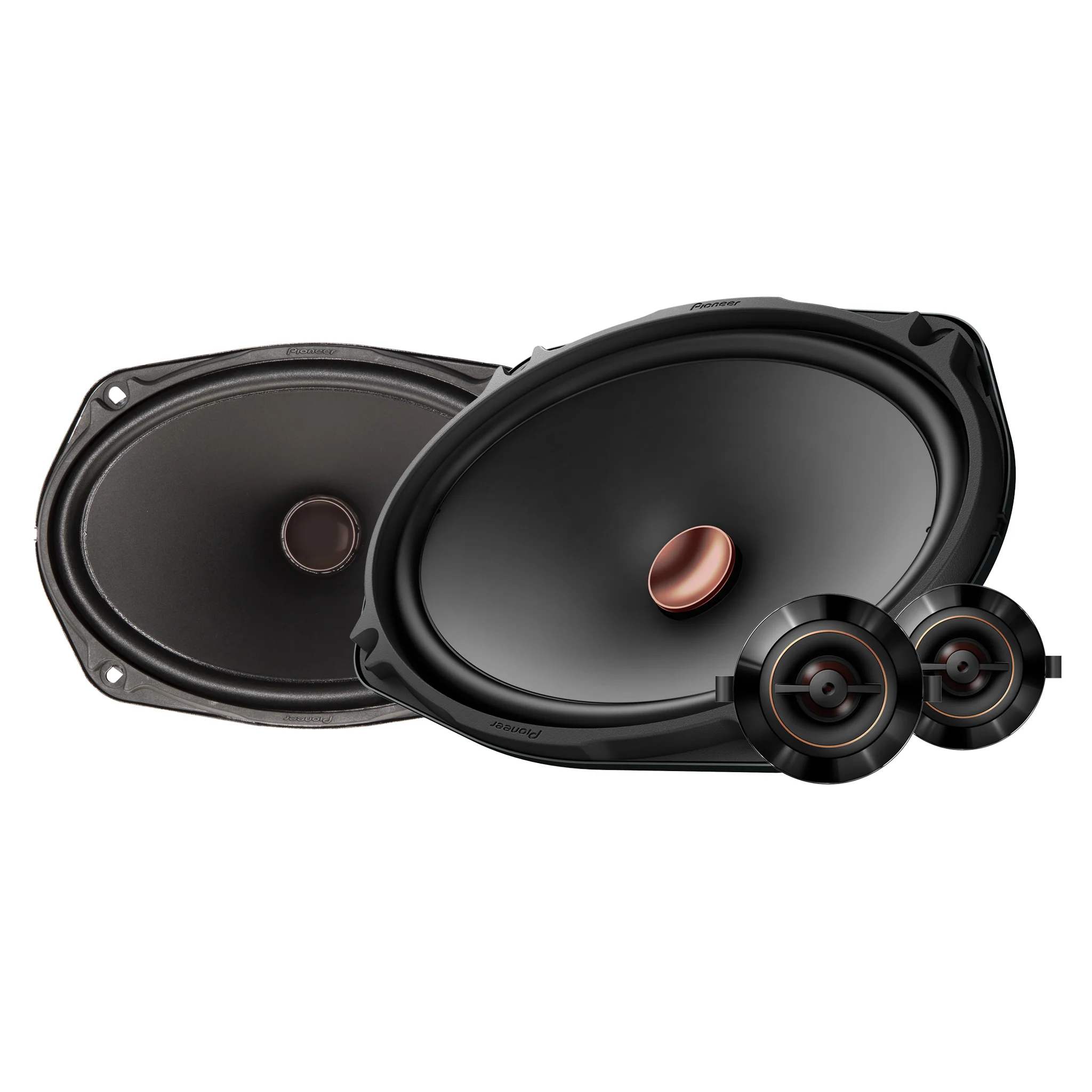
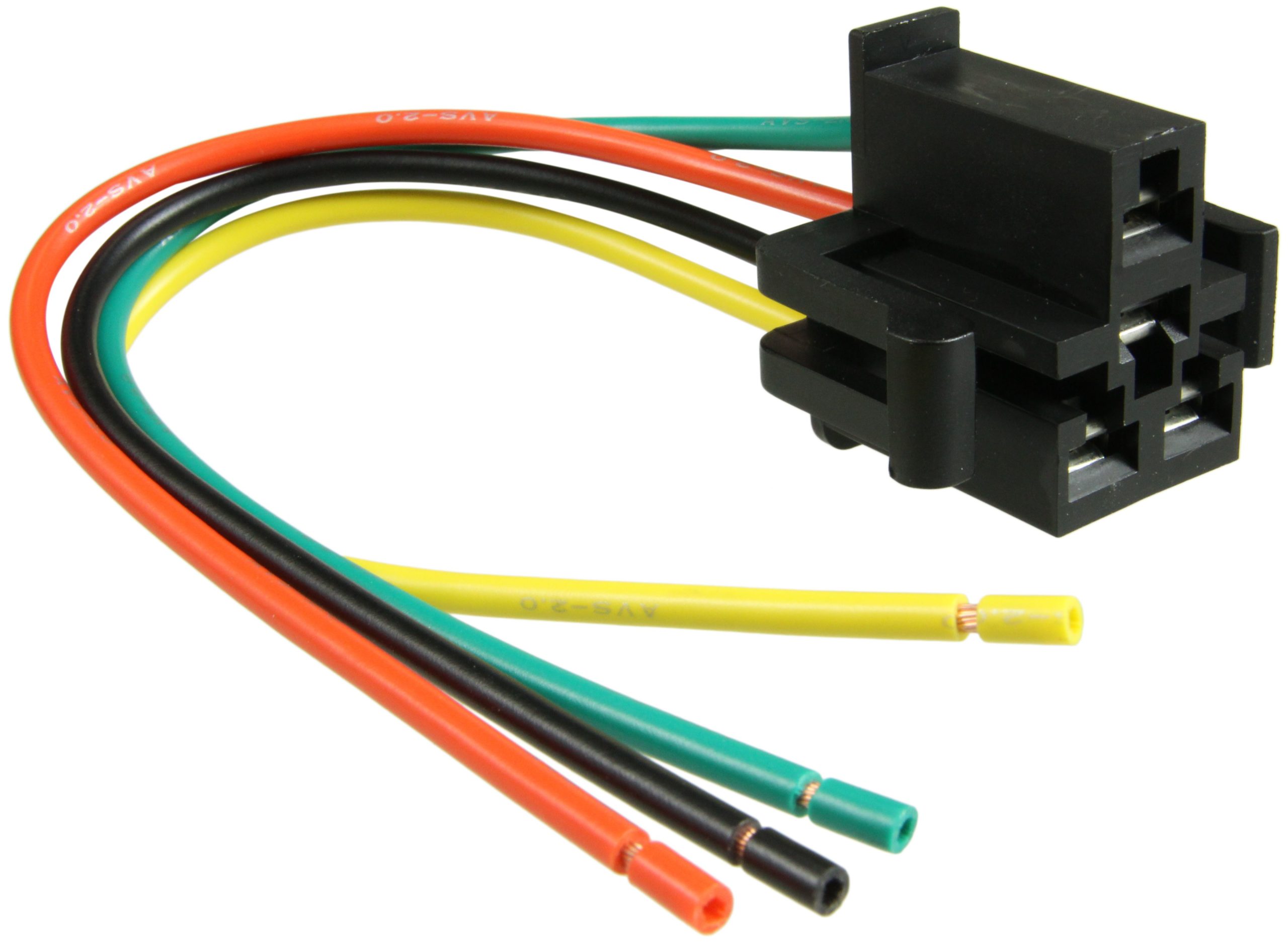
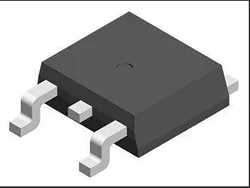
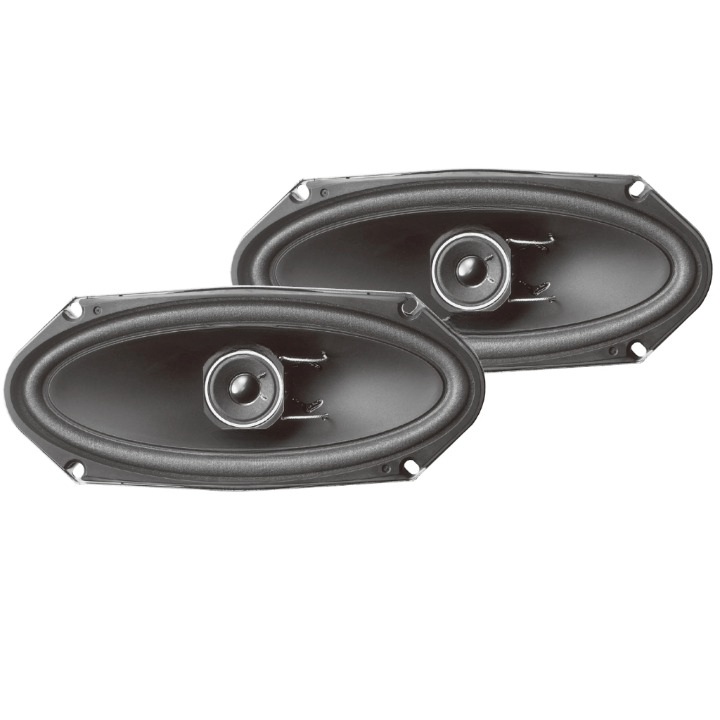

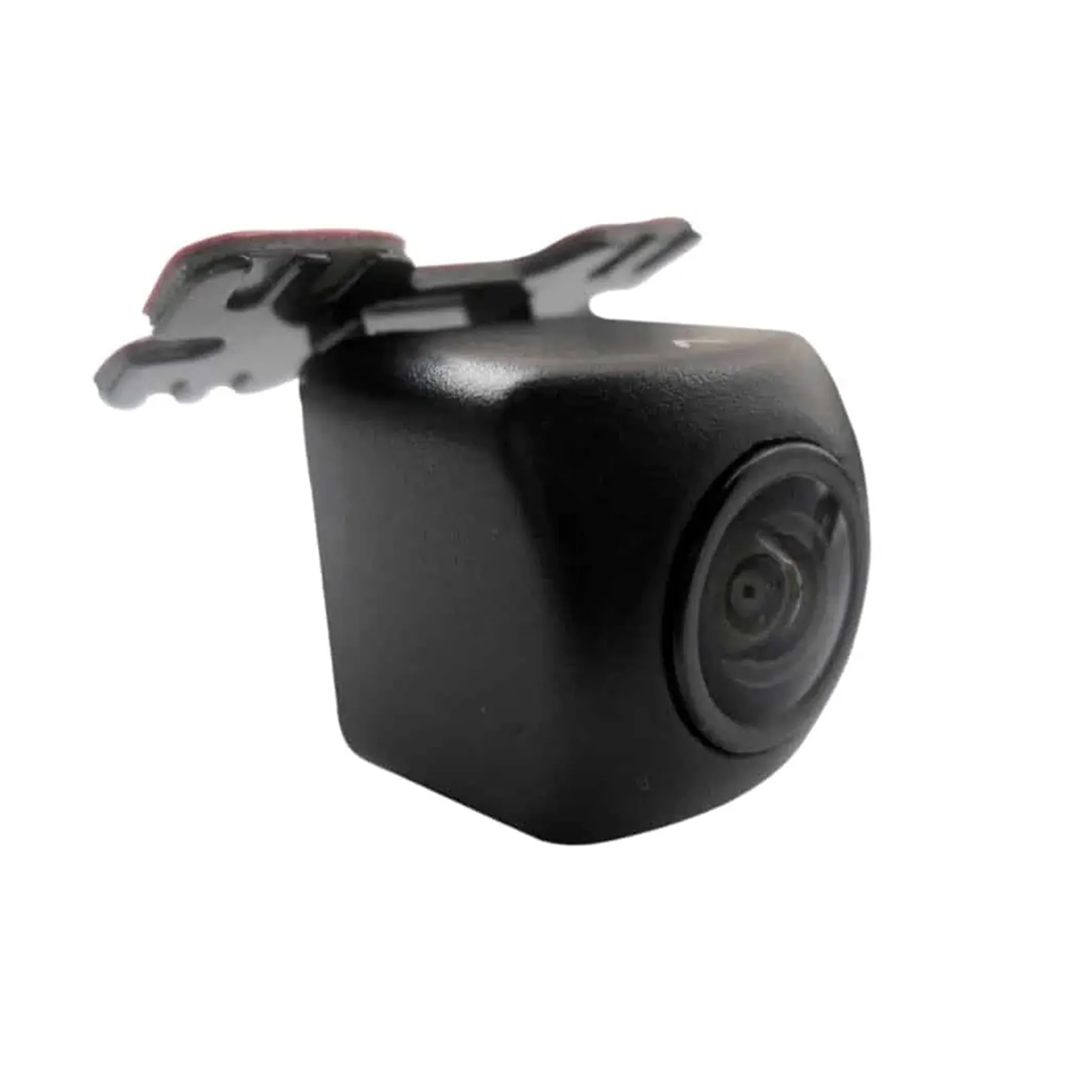

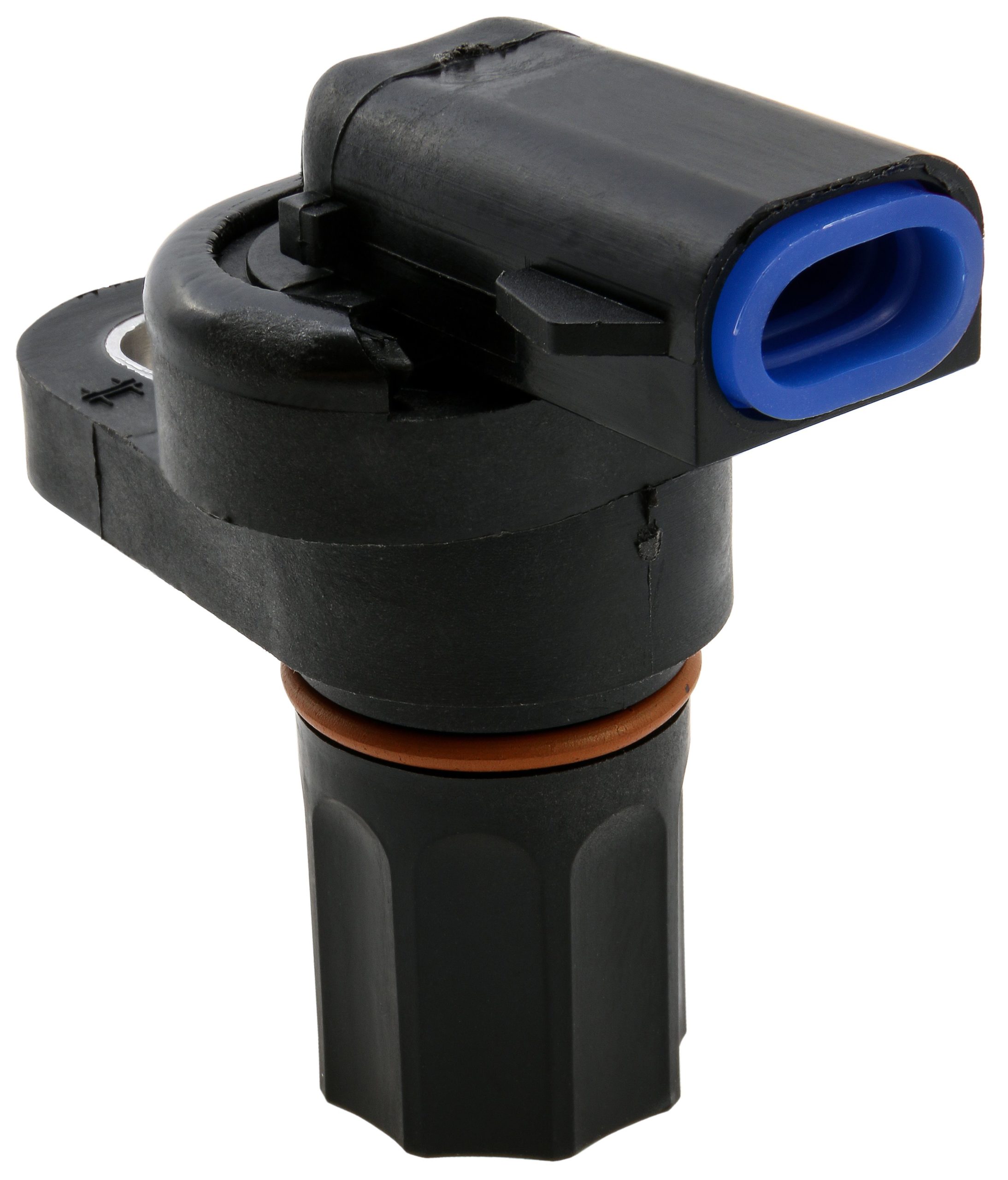

There are no reviews yet.